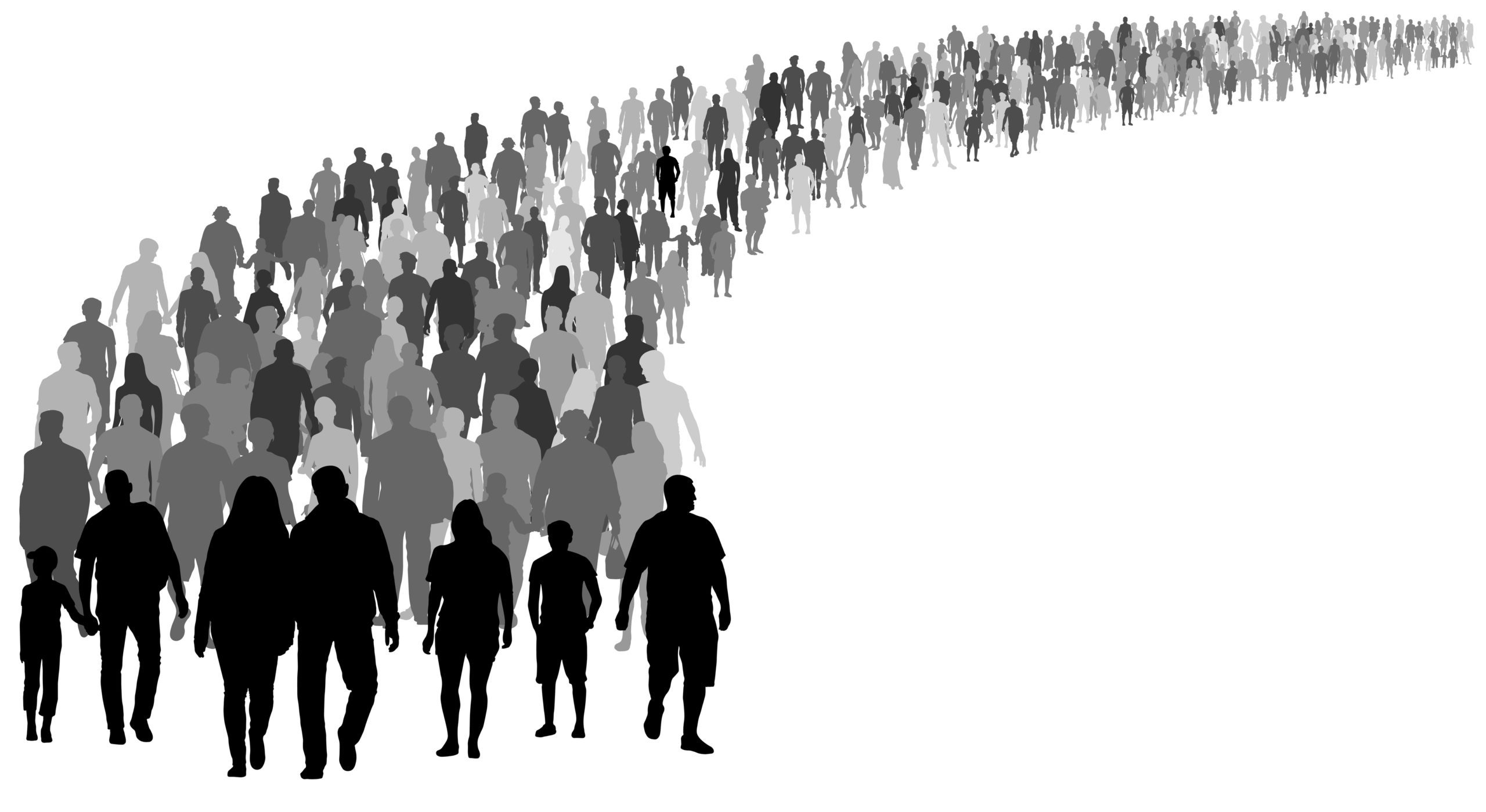Insights from Recruiters Websites
The Big Shift: What it means to recruiters

What is the big shift?
The entire country—I mean, realistically, the entire world—just hit a lite version of an economic and social reset button.
You hear conversations—yes, folks are having those face-to-face interactions again—where you get the sense that people are staring at the future with a bit of apprehension, if not full-blown fear.
Human beings are adaptive, sure, but our ability to assess, adapt and overcome takes time, and attempting to make changes and get to a place where you still consider yourself successful is not always fruitful. We tend to exhaust resources getting to a place of stability.
Let’s be real honest—a fair amount of people and organizations are not on their feet yet. The pandemic has left many of us at a deficit. Whether that difference be financial, emotional, educational or social, we are not all at a hundred percent and it has taken us this amount of time and dedicated effort as a nation and an economy to get even here.
The first shift, the shift that came before the big shift, happened when we saw a virtually unknown disease spreading across the world. Projections were staggering. Comparisons were made with the likes of the Spanish Flu. Anything was possible, even the worst-case scenario. I watched friends and family from afar, adjusting to social distancing and mask protocols and a lack of interaction when many were sequestered to their homes in the hopes it would reduce the spread of the disease.
Then, a great many of us settled into life and work at home, utilizing video conferencing and project management technology on a scale that had never been attempted. And we were doing OK, or at least the numbers certainly seemed to show that we were. Many companies showed at least modest productivity rises, and many within the workforce expressed an increase in morale, being able to spend more time and unexpected moments with their families, even while working.
And that went on for some time …
Now, with the advent and production of incredibly effective vaccines, many believe the big shift is on the way. The big shift is a period in which upwards of 40 percent of the workforce will quit their current jobs.
Yes, I said FORTY PERCENT.
Why?
Limited Bandwidth
Recent studies have shown that people are facing extreme cases of digital burnout. That high productivity number—yeah, that comes with an overmanaged and exhausted workforce.
Back to Normal Isn’t Normal Anymore
Now that there is quantifiable proof that remote work can and is effective, many within the workforce know they have other options that are not dependent on geography. They can shop around and leverage their skills to an employer who offers the exact working environment they want—whether that be physical or virtual or some combination of both.
How do we find an effective common ground?
Hybridization
Take a little from column A, a little from column B and voila! The hybrid workplace.
Digital technology is great. It gives a skilled and talented person the non-distance-dependent mobility they need to work almost anywhere.
The physical office can be a place where bonds are formed and ideas and information can be exchanged freely resulting in unexpected and innovative results.
If employers approach the big shift with an inflexible return to pre-pandemic expectations, they very well may see a self-imposed talent disruption. Instead, employers have the opportunity to establish a goldilocks compromise that could very well become a best practice.
Flexibility
In a study conducted by ManpowerGroup Solutions, 40 percent of the workforce surveyed considered flexibility to be one of the main factors when making career-related decisions.
Flexibility isn’t limited to working remotely, but also includes breaks, workplace resources, working environment, paid time off and caregiving leaves. Employees given more flexibility, backed by effective leadership strategies, are granted the option of doing their work on terms that they feel they have a say in. Giving an employee flexibility implies trust, and trust implies value.
And how does this affect recruiters?
Well, in the big shift, if it occurs as experts are projecting, clients and candidates have some big decisions.
Candidates, highly skilled, highly motivated people are in—you guessed it—high demand in every industry and across every single vertical. It is the best time to market one’s self and realize one’s worth and potential. Recruiters can help candidates by providing access to opportunities, providing market perspectives, and by helping candidates assemble a profile based on objective observation and assessment.
Employers have to look inward and really connect with their workforce. Companies have to gather the data and have conversations to accurately determine what they are doing well and what their employees would like to see change. Before the big shift is fully realized, it is crucial that businesses adapt and create working environments where talent and leadership alike know their employer is making every effort to improve the quality of their professional and personal lives.
At Recruiter’s Websites, we are in the business of creating modern websites for the recruitment industry. A good website is an essential tool to making the connections that help you verbalize your unique contributions, get in front of your ideal clients and candidates and will allow you to grow according to your mission. Reach out to us today so that the home of your online presence matches your commitment to a healthy, resilient and modern workplace throughout the big shift and into the future.
Insights & News